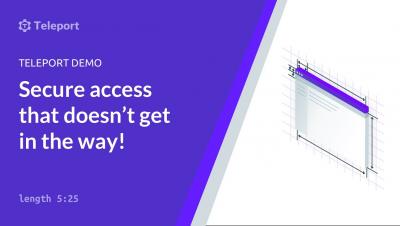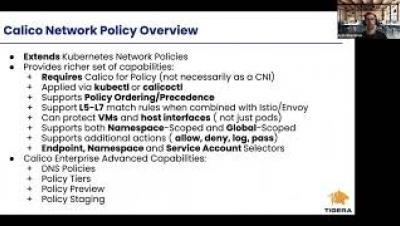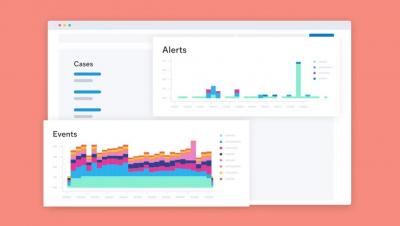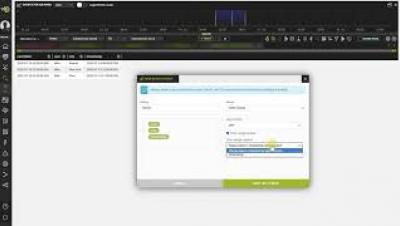Security | Threat Detection | Cyberattacks | DevSecOps | Compliance
%term
Enterprise Security Controls for Kubernetes
Secure Remote Access: Why It's Important and How to Do It Right
COVID-19 forced organizations all over the world to transition their employees to a work-from-home policy. That change came at a time when organizations’ connected infrastructure is more complex than ever. Such complexity doesn’t just extend across IT environments, either. Indeed, machines and production processes are also becoming increasingly complex as organizations with OT environments seek to address the challenges of the 21st century.
Network Security Audit Checklist
Every company that uses computers and the Internet should be concerned about information security and particularly, network security. The number of threats each company faces is growing every day. Whether it’s SPAM, malware, spyware, phishing or virus threats or users who walk out the door with proprietary information or sensitive data, the threat and risks are potentially damaging and costly for that company.
Digital signatures security explained
Digital signatures have been around for decades, but recent events have put them back in the spotlight. They were heralded as the future of cybersecurity as far back as 1999, but in the intervening years came to be somewhat taken for granted by security engineers. Not any longer: the massive move to home working precipitated by the Covid-19 pandemic have forced many to take a fresh look at the value of digital signatures, why they matter, and their relationship to encryption.
New Data Reveals How AppSec Is Adapting to New Development Realities
In today’s fast-paced world, companies are racing to bring new, innovative software to market first. In order to keep up with the speed of innovation, many organizations are shifting toward DevSecOps. DevSecOps brings security to the front of the software development lifecycle, allowing for both fast deployments and secure applications.
Man vs. Machine: Three-Part Virtual Series on the Human Element of AppSec
In 2011 when IBM’s Watson supercomputer went up against ‘Jeopardy’ icon Ken Jennings, the world watched as a battle of man vs. machine concluded in an impressive win for Watson. It wasn’t simply remarkable that Watson could complete calculations and source documents quickly; the real feat was the brainpower it took to create fine-tuned software with the ability to comprehend questions contextually and think like a human.
Elastic Security Overview
Time range lookups
Table of Contents:
00:00 - Introduction
00:07 - Concept of Time Range Lookup
00:34 - Example of Time Range Lookup
01:32 - Creating a Time Range Lookup
02:20 - Using a Time Range Lookup
Pretty-print view
Table of Contents:
00:00 - Introduction
00:21 - Pretty-Print View: Concept
00:46 - Pretty-Print View: Visualization
01:22 - Pretty-Print-View: Extraction










